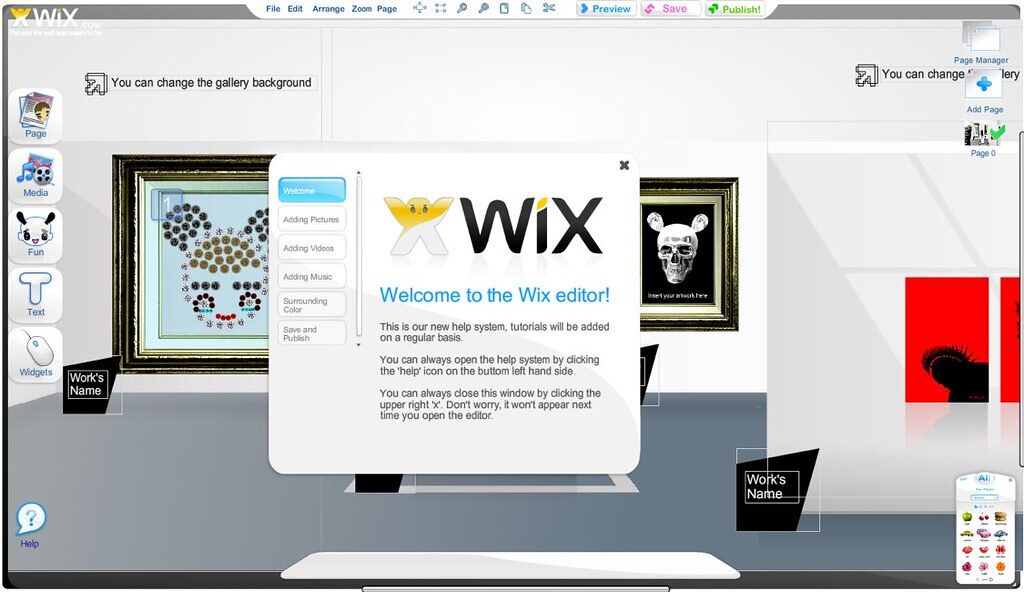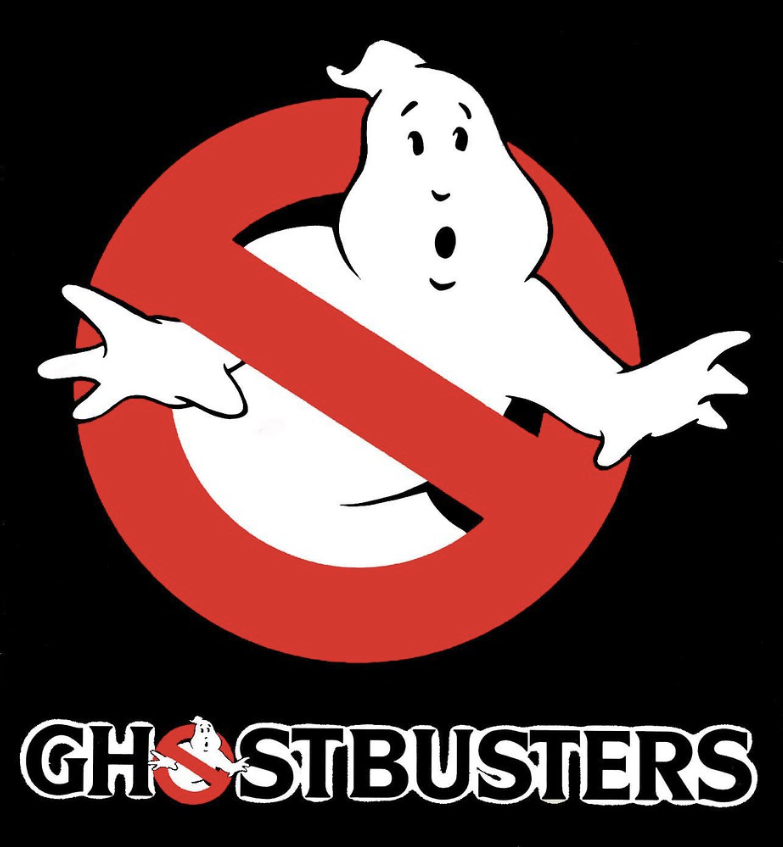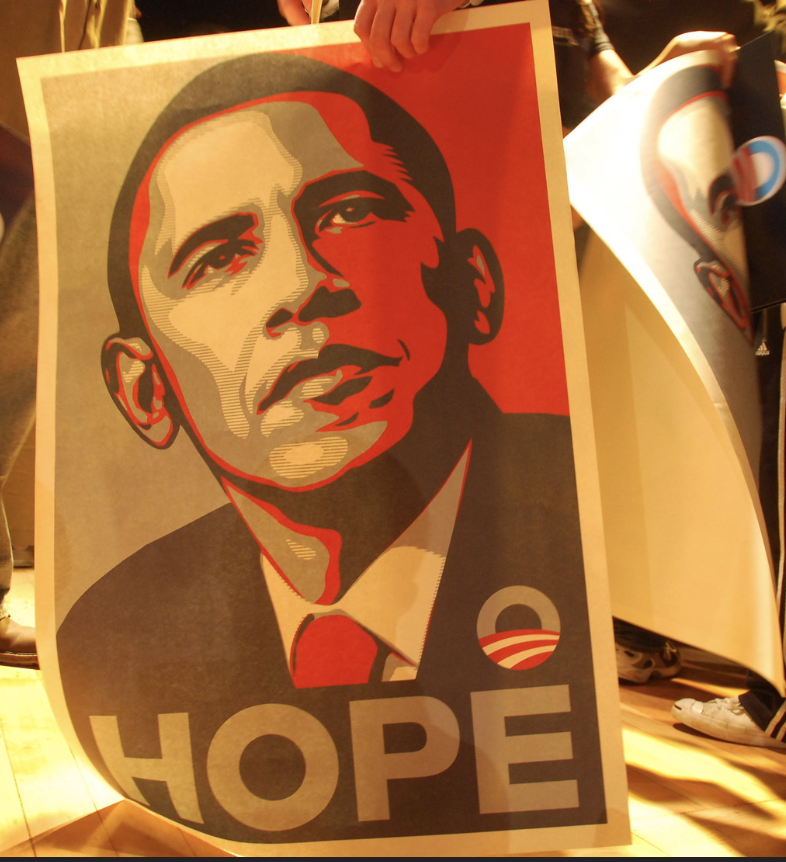I created an interactive sketchnote to represent ideas presented in Ashley Hinck’s ““Digital Ghosts in the Modern Classroom”.
Hinck presents three main ideas involving the use of shortcut and template platforms in modern classrooms. She first discusses how these templates “make making easier”, as no technical knowledge is necessary to producing a final product. Some of these platforms include Canva, Google Slides, and WIX. Students have adapted to following series of linear, standardized steps with guaranteed products at the end and little risk of failure. This is dangerous. This method does not require open-endedness, exploration, and discovery. Shortcut and template platforms can be compared to worksheets, as views of students being containers to be filled with correct answers are reinforced.

Hinck also states that worksheets, templates, and shortcuts have lingered, like ghosts, in the working mentalities of students. Students are influenced by their past experiences: following linear steps with clear end goals. Many individuals do not expect the difficulties and messiness associated with digital media making. This consequently affects their confidence as creators and decision makers. Their focus should be centered in problem-solving, rather than if they “got it” or “got it wrong”.

So how can you banish these ghosts and dislodge expectations that students have attained through past experiences with worksheets, templates, and shortcuts? Hinck suggests that you can give students permission to try and fail. She also suggests that teachers enable discussion where students can compare and contrast making experiences inside and outside of the classroom. Analyzing the limits and possibilities of different platforms can also banish these digital ghosts.

This article helped me gain perspective on shortcut/template websites and platforms and their effects on education and the creative process. While reading the article, I reflected on my own experiences creating digital media on these platforms. As a musician, I have used many of these platforms to create advertisements for myself and my projects. Bandzoogle is a “Drag-and-drop” website maker that resembles WIX. The platform is specifically tailored to musicians and bands. This website enabled me to easily and neatly present information about myself and my product; however, there were limited opportunities for me to make my page distinctive amongst the pages made by other musicians using the platform. The implications of this issue could be dangerous in educational settings as it promotes conformity and standardization.

Inspired by the ideas written in the article, I wanted to incorporate another dimension to my artifact. A sketchnote does not have many limitations to what students can creatively produce. I am not a strong illustrator; however, I love thinking “outside the box” in terms of presenting information. The interactive component of this artifact provides more opportunity for differentiated learning experiences, as students can see and feel the ideas written by Ashley Hinck.
Madeline Doornaert
